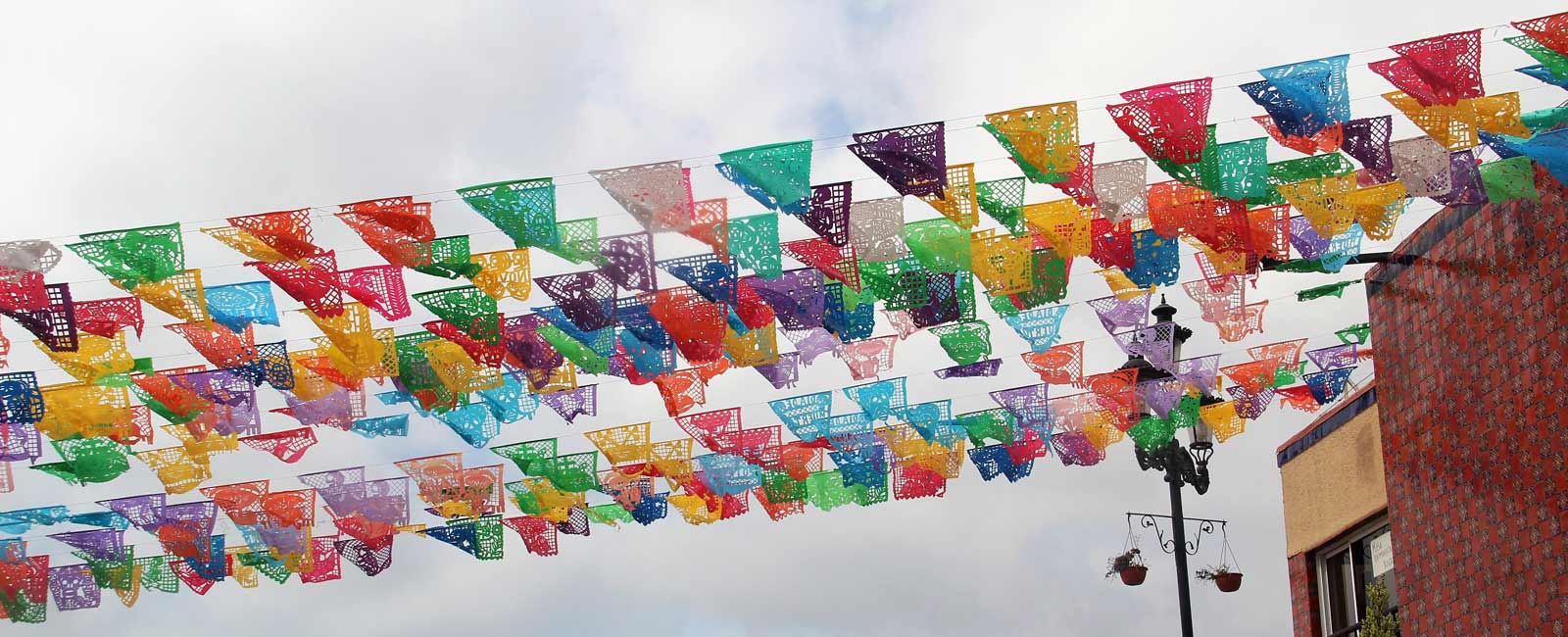Thursday, June 14, 2012
25 Years of Isolation
Part I: The History Behind the Burma Travel Boycott
April 2012 was a landmark month for Myanmar (formerly known as Burma); as ex-political prisoner Aung San Suu Kyi was elected to parliament, President Barack Obama dropped the
16-year US travel boycott against the country. Over the past 50 years, Burma had been one of the most isolated and mysterious places in the world. It’s diverse ecology, rich cultural history and gold-coated pagodas are juxtaposed against extreme poverty and human rights abuses. In 1962, less than 20 years after Burma’s independence from British colonial rule, General Ne Win seized power through a military coup, abolishing the parliament, setting up military junta rule, and closing Burma off to the outside world. Visas were limited to 24hours and a 17-member “Revolutionary Council” was put in charge, using the guise of socialism to march the country into abject poverty (
Lonely Planet).
By 1988, fed up with a continually disintegrating economic situation, the Burmese revolted, taking to the streets in huge pro-democracy demonstrations. On the 8th of August 1988 the government hit hard against the people, killing over 3,000 citizens in less than six weeks. Worn down by protest and bloodshed, the military junta promised to hold free elections in 1989. In response, the National League for Democracy (NLD) was quickly formed and, Aung San Suu Kyi, daughter of revolutionary hero Aung San, became the spokesperson. The vote took place in 1990; the first Burma had seen in 30 years. With 82% of the votes, the NLD won in a landslide election, but the Junta refused to handover power and instead imprisoned the party’s main candidates, including Aung San Suu Kyi, who was placed under house arrest, where she remained off and on until 2010. In 1991, Suu Kyi was awarded the Nobel Peace Prize, drawing international attention to the struggle and plight of the Burmese people.
It was in this environment of slaughter and oppression that the first western embargos against Myanmar were formed. In addition to economic sanctions, in 1995, Suu Kyi made an official statement against tourism to her country, asking international visitors to “visit us later,” qualifying traveling to Myanmar as “tantamount to condoning the regime.” “The bulk of the money from tourism goes straight into the pockets of the generals,” Suu Kyi stated in 1995. Those in favor of the boycott saw travel to Myanmar as simultaneously an economic and symbolic endorsement of the military junta. The
Free Burma Coalition explained that “Nowhere else in the world have human rights abuses and tourism been so closely linked.” Indeed according to the
Burma Campaign “local populations have been displaced… for the construction of hotels and other tourist facilities,” while forced labor has been used to construct these tourist accommodations. “The net result is economic hardship exacerbated by the abrupt breakdown of a traditional way of life and gross violation of human rights.”
However, while the tourism boycott did help to cripple the economic power of the military junta, it also had adverse effects on the people it proposed to protect. In 2003, Zarni, the founder of the Free Burma Coalition, reversed his position on the travel boycott, stating that “the whole boycott and sanctions campaign, in which I played a lead role, was a major strategic mistake” (qtd. in Lonely Planet). By stopping tourism, the Burmese people became more cut off from the outside world than ever before. Not only were they blocked off from international news sources, but the lack of international monitoring only increased the junta’s ability to continue down its path of oppressive human rights violations. Indeed, despite the efforts of the boycott and embargos, the junta still remain in control. In 2007, a protest against high fuel prices led by students and Buddhist monks led to violent crackdowns. Less than a year later, in 2008 Cyclone Nargis stormed through Yangon and the Irrawaddy Delta, killing a reported 85,000 people with an approximate 54,000 still unaccounted for. The junta did almost nothing to help its citizens during this crises and foreign aid was blocked for nearly three weeks (
New York Times).
Would a lack of trade embargos and travel boycotts have made Burma’s situation different? It’s a question than can only lead to speculation. But as democratic change starts to corrode the framework of junta rule, it’s clear that the question of traveling to Myanmar needs to be reassessed. Perhaps shutting off a country from the rest of the world is not the best way to bring about political change. Take Cuba for example, where over half a century of a US embargo has done nothing to change the government and only harmed civilians.
In November 2010, the NLD retracted its support of the travel boycott, but despite the country’s recent advancements, Burma still has a long road to democracy. The question is no longer whether or not to travel to Burma, but rather how to travel there? Is there such a thing as responsible and ethical travel? Can your trip make a positive difference on the country and its people? In its 2010 Myanmar guide, the Lonely Planet cites Suu Kyi’s statement about conscious tourism: “Visitors to the country can be useful, depending on what they do, or how they go about it,” she explains, “tourists can open up the world to the people of Burma just as the people of Burma can open up the eyes of tourists to the situation in their own country if they’re interested in looking.” But, she continues, “tourists who go around in ‘air-conditioned taxis’ don’t see anything that’s going on in the country.”
Myanmar News,Political Thoughts,Teacher Travel Tips

